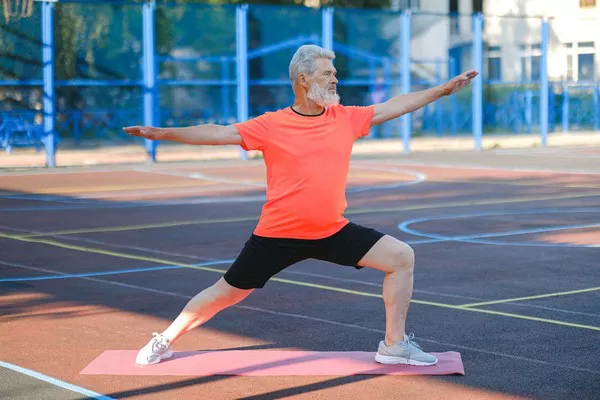Having a strong core is essential for good posture, balance, and overall fitness. The abdominal muscles play a significant role in supporting the spine and stabilizing the body during various movements. Many people wonder how often they should work their abs to achieve a strong core without overdoing it. In this article, we will explore the optimal frequency of ab workouts and provide tips on building a balanced core-training routine.
Understanding the Abdominal Muscles
The abdominal muscles are a group of muscles that run vertically along the front of the torso. They include the rectus abdominis (the “six-pack” muscle), the external obliques (located on the sides of the waist), the internal obliques (located beneath the external obliques), and the transverse abdominis (located deep within the abdominal wall). Each of these muscles plays a different role in supporting the spine and allowing for movement in different directions.
Benefits of a Strong Core
A strong core offers numerous benefits beyond just aesthetic appeal. Here are some of the advantages of having a strong core:
1.Improved posture:
A strong core helps maintain proper alignment of the spine, reducing strain on the back and neck muscles.
2.Better balance:
Core stability is crucial for maintaining balance during daily activities or athletic endeavors.
3.Reduced risk of injury:
A strong core can help prevent injuries by providing support and stability during movements that involve twisting, bending, or lifting.
4.Increased athletic performance:
Many sports require a strong core, from running and jumping to throwing and kicking.
5.Improved breathing:
A strong core helps promote better breathing patterns by allowing the diaphragm to move more efficiently.
How Often Should You Work Your Abs?
There is no one-size-fits-all answer to this question, as the ideal frequency of ab workouts depends on several factors, including your fitness level, goals, and overall training program. However, here are some general guidelines to keep in mind:
1.For Beginners:
If you’re new to exercise, start with two to three ab workouts per week, with at least one day of rest between each session. Focus on basic exercises that target all the major abdominal muscles, such as crunches, planks, and bicycles.
2.For Intermediate Exercisers:
Once you’ve built a foundation of core strength, you can increase the frequency of your ab workouts to three or four times per week. Mix up your routine with different exercises and rep ranges to challenge your muscles in new ways. Consider adding weights to your exercises to increase the resistance and intensity.
3.For Advanced Exercisers:
If you’re already very fit and looking to take your core strength to the next level, you can work your abs up to five or six times per week. However, it’s important to listen to your body and avoid overtraining. Incorporate plenty of variety into your workouts, including exercises that target the obliques and transverse abdominis.
Tips for Building a Balanced Core-Training Routine
When it comes to strengthening your abs, it’s important to focus on quality over quantity. Here are some tips for building a balanced core-training routine:
1.Prioritize compound exercises:
Compound exercises are movements that engage multiple muscle groups at once and are more effective at building overall strength than isolation exercises. Some examples of compound exercises that target the abs include squats, deadlifts, and overhead presses.
2.Use proper form:
To get the most out of your ab workouts, it’s essential to use proper form and technique. This means engaging all the muscles of the core, keeping the spine neutral, and avoiding jerky or swinging movements.
3.Vary your exercises:
Regularly switching up your ab exercises will help prevent boredom and ensure that all the muscles of the core are being challenged. Try incorporating exercises that target the obliques, such as side planks or Russian twists.
4.Include cardio and full-body workouts:
Don’t neglect the rest of your body in your pursuit of a stronger core. Cardiovascular exercise and full-body workouts can also help build core strength and improve overall fitness.
5.Rest and recover:
Giving your muscles time to recover is just as important as working them out. Make sure to take rest days between ab workouts, and get plenty of sleep and proper nutrition to support muscle repair and growth.
Conclusion
In summary, the frequency of ab workouts depends on your fitness level, goals, and overall training program. Beginners should start with two to three ab workouts per week, while advanced exercisers can work their abs up to five or six times per week. Focus on compound exercises, use proper form, vary your exercises, and include cardio and full-body workouts for a balanced core-training routine. By following these guidelines, you can achieve a strong, stable, and functional core that enhances your overall health and fitness.
Related topics:


